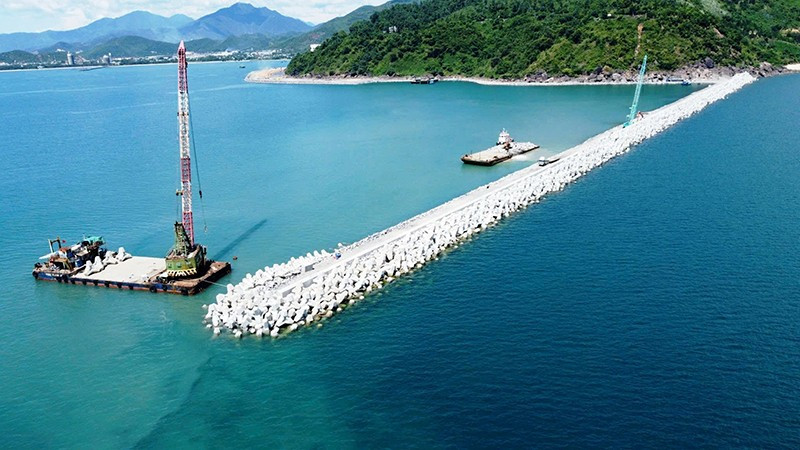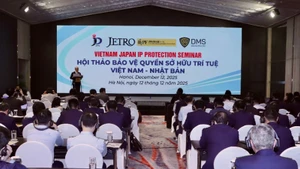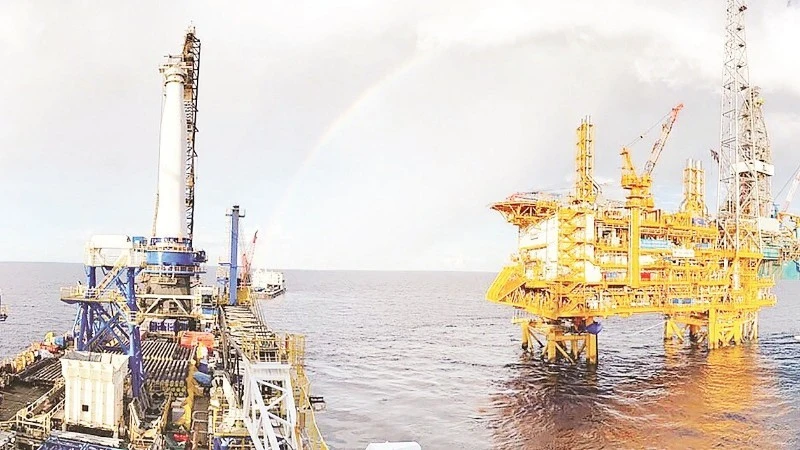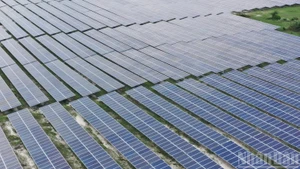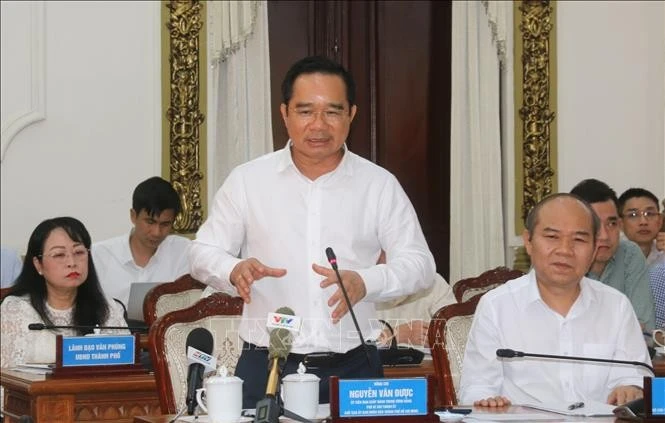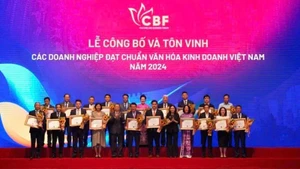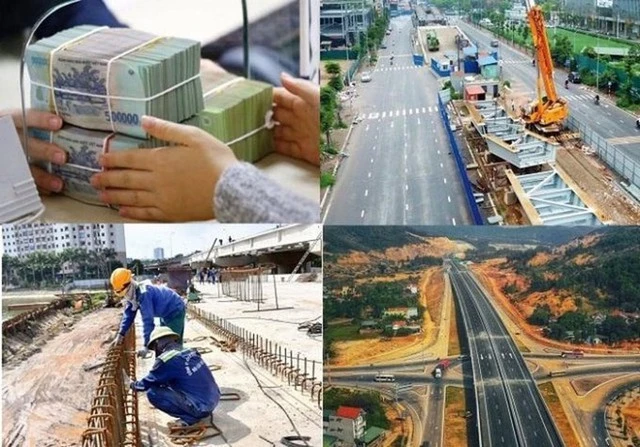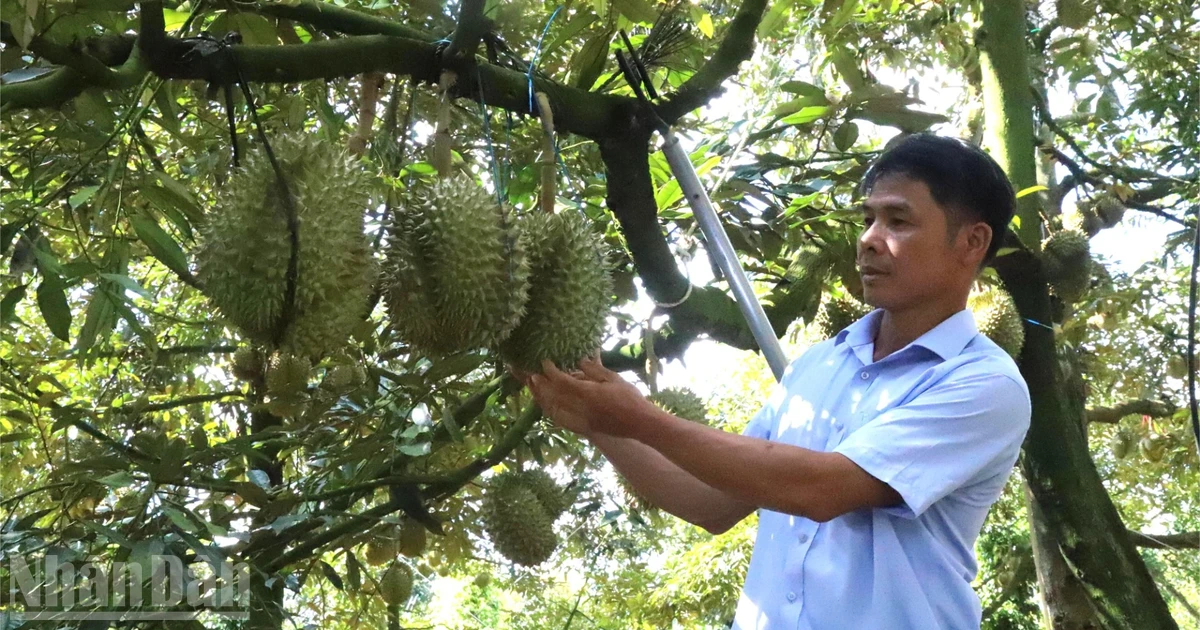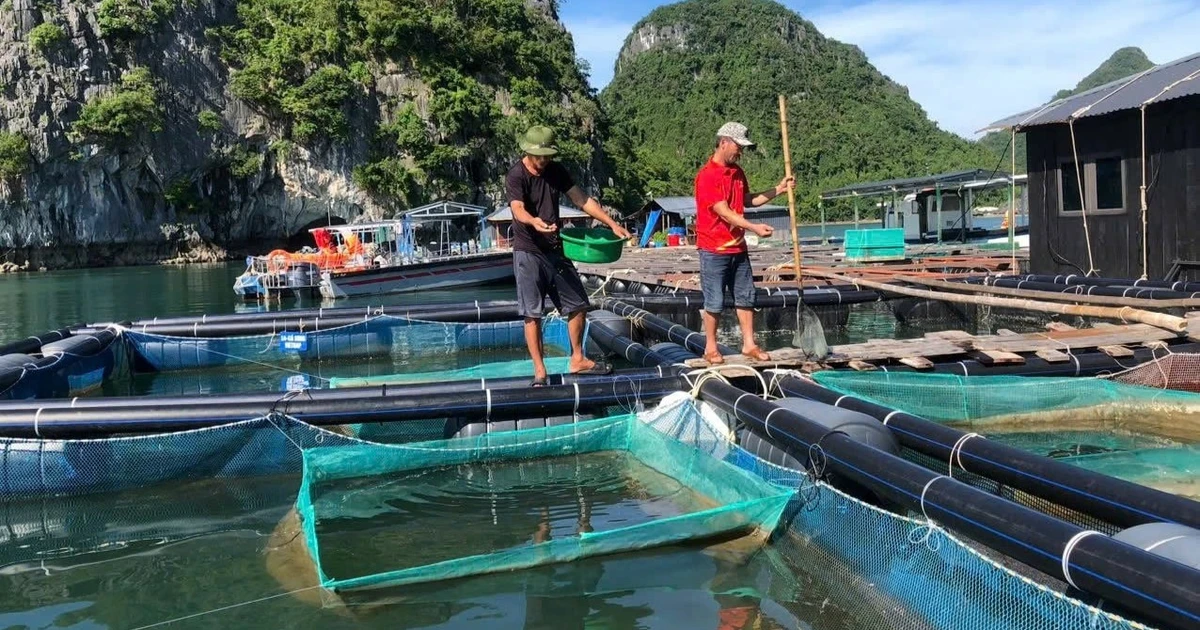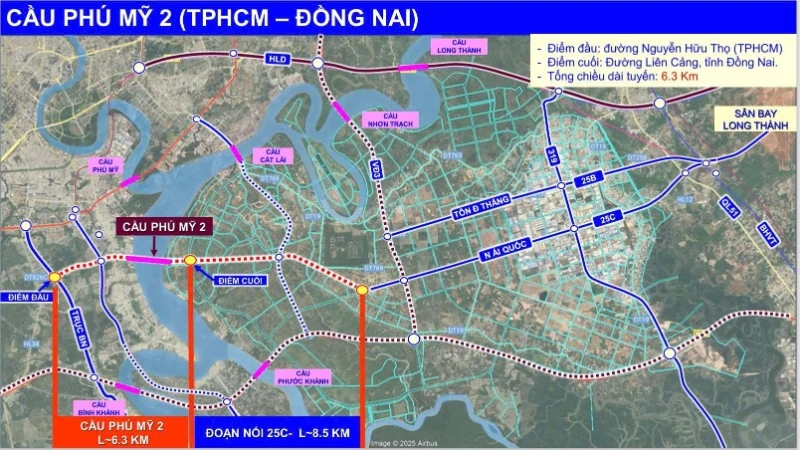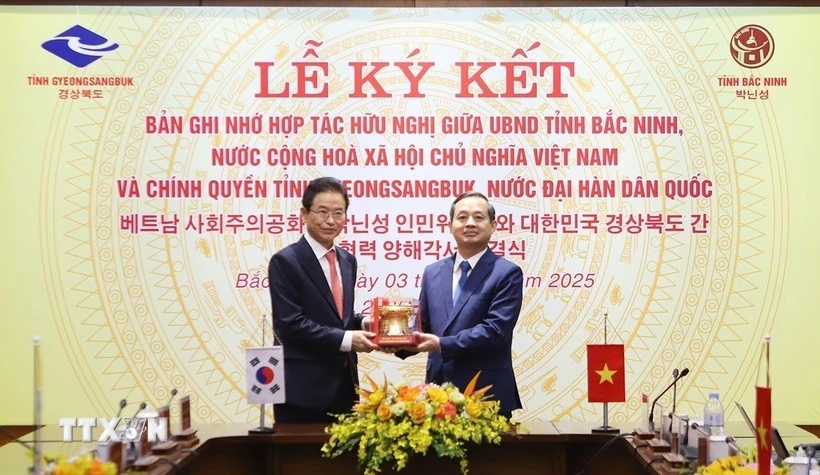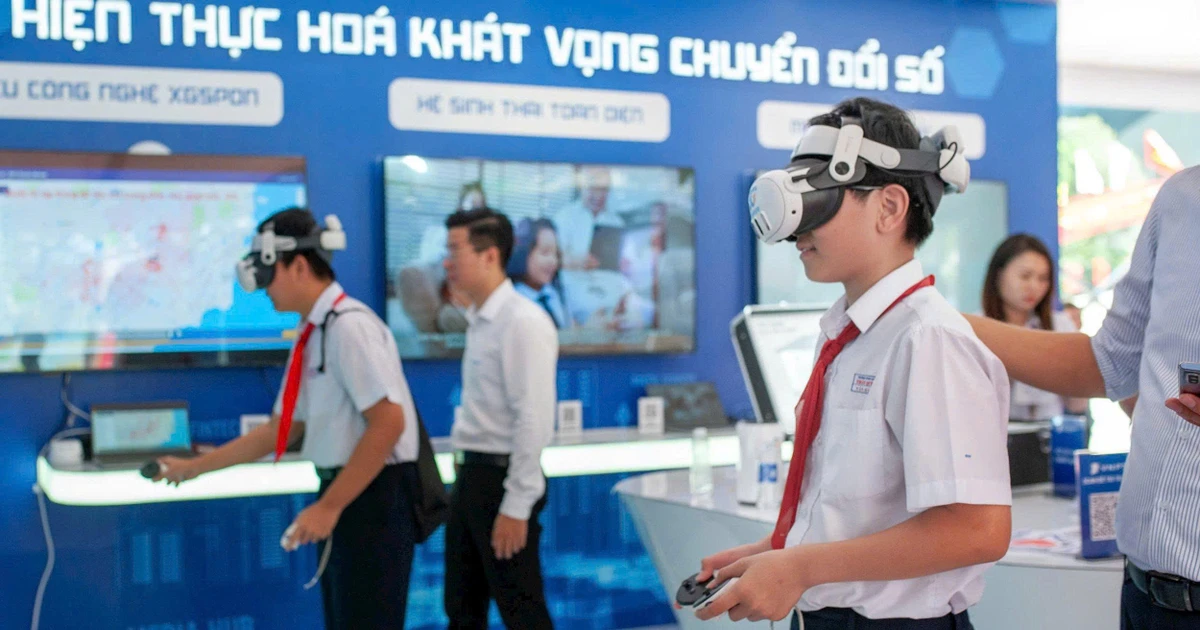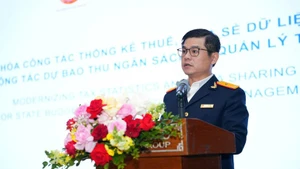In his spacious home on a quiet street in the city centre, Pham Kieu Da, a former Da Nang commando captain and Hero of the People's Armed Forces, recalled: “In late March 1975, our commando force was tasked with attacking key targets within Da Nang, including the enemy's Corps Headquarters - Corps I, City Hall, the Radio Station, and the Da Nang Military Affairs Office.
“I directly led the assault team that, in coordination with local forces, attacked and occupied City Hall. At that time, the enemy forces had mostly disintegrated, so the attack was quite favourable. At 11:30 am on March 29, 1975, we entered and planted the flag on the roof of the City Hall. By 3:30 pm, Da Nang was completely liberated.
“The joy and pride I felt then remain as vivid as ever. Da Nang now has a completely new appearance compared to 50 years ago.”
After the liberation day, on the basis of merging districts I, II and III of Quang Nam-Da Nang province, Da Nang City was established-initially forming industrial and commercial production sectors-and people's lives gradually stabilised and improved.
Da Nang became a central government administration on January 1, 1997. The most notable change since then has been seen in the synchronised growth of its infrastructure and urban space.
Seeing infrastructure investment as key, the central coastal city built lots of new urban areas, residential zones, offices, and transport routes. The “shack housing” along the Han River was cleared, bridges were constructed across the river, and coastal routes opened new waterfront areas. Da Nang International Airport is now one of the three largest airports in Vietnam.
In 2015, the city put into operation the overpass at Nga Ba Hue, the first and largest three-level overpass in Vietnam. Previously classified as a type II urban area, Da Nang was upgraded to type I in 2003.
From a small and narrow urban area with poor infrastructure after the war with an area of only about 5,600 ha in 1997, Da Nang’s urban space had tripled by 2019, boasting modern, synchronous, and civilised urban infrastructure, creating change in the stature, scale, and appearance of the city.
Economic expert Tran Du Lich said that in the 27 years since becoming a centrally administered city, Da Nang has undergone a complete and miraculous transformation, developing into a modern and well-planned city with a distinct identity. It has earned the reputation of being a “liveable city” and has also affirmed its position on the Asian tourism map and global connectivity.
With urban technical infrastructure, especially a modern transport network, international-class resort tourism areas, Da Nang has become an international tourism brand, a growth pole of the key economic region of the central coastal and Central Highlands regions.
Furthermore, Da Nang has emerged as a startups and innovation hub, drawing interest from across ASEAN.
According to Le Trung Chinh, Chairman of the Da Nang People’s Committee, with appropriate guidelines and policies in exploiting resources, improving the investment environment, improving competitiveness and international economic integration, the municipal Party Committee, government, and people have united to promote potential and favourable conditions.
There was a period when the whole city was like a construction site with hundreds of projects to renovate and upgrade the central hub. Hundreds of thousands of households have agreed with the government to move their houses and rebuild modern and spacious new urban areas.
Breakthrough and flexible policies such as land-for-infrastructure exchanges and public-private partnerships have transformed Da Nang from a small and underdeveloped city into a model for urban development. That provides an important foundation for Da Nang to be sought after by domestic and international investors.
From 1997 to 2024, the mobilisation of resources and the promotion of socio-economic growth led to a significant improvement in investment efficiency, with many new production capacities added to the economy, promoting rapid and sustainable growth.
Nguyen Dinh Vinh, Permanent Deputy Secretary of the Da Nang Party Committee, affirmed that two resolutions of the Politburo-Resolution 33-NQ/TW (dated October 16, 2003) and Resolution 43-NQ/TW (dated January 24, 2019) created a turning point for Da Nang. Based on these two resolutions, the municipal Party Committee proposed breakthrough guidelines and solutions to make Da Nang a nuclear urban area and a growth pole of the central coastal and Central Highlands regions.
Along with economic development, Da Nang focuses on social development with important achievements in culture, education, health, science and technology.
The city has implemented numerous innovative social guidelines and policies, reflecting a deep commitment to social welfare, such as the “Five No”, "Three Yes”, and “Four Securities” programs.
In recent years, the city has provided support for the construction and renovation of homes for 2,495 policy beneficiaries and has reduced the number of poor households by nearly 10,000 during the 2022-2025 period.
The central city also pays attention to and well implements policies and preferential regimes for policy beneficiaries, people with meritorious services and implements many programs, plans and projects to protect and care for vulnerable people in society, step by step improving the quality of people’s lives.
Economic expert Tran Dinh Thien affirmed that Da Nang is actively realising its orientations and new opportunities into specific development paths. The High-Tech Park, the modern Semiconductor Chip Design Research Centre, the International-Regional Financial Centre, Lien Chieu International Seaport, and the Free Trade Centre are gradually emerging, forming a new and sustainable development ecosystem while eagerly “seizing opportunities” with unprecedented determination.
The great historical mission is being determinedly carried out by the Party Committee, government and people of Da Nang to affirm the brand, the role of the driving city, the centre, the breakthrough growth pole of the central region and the whole country in the coming years.
